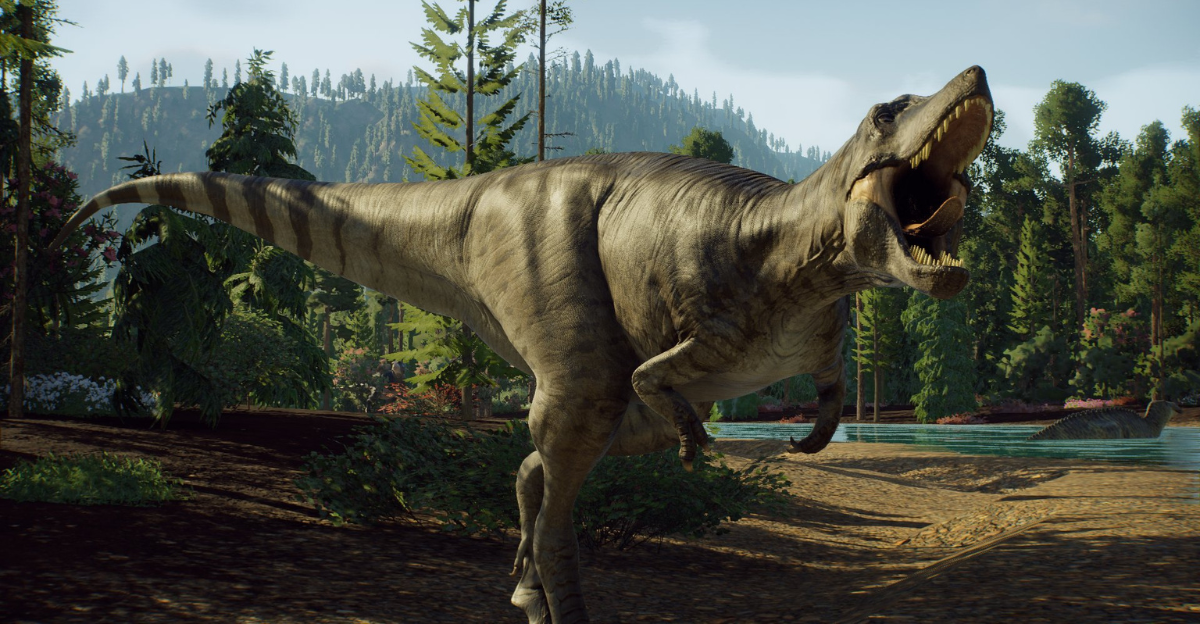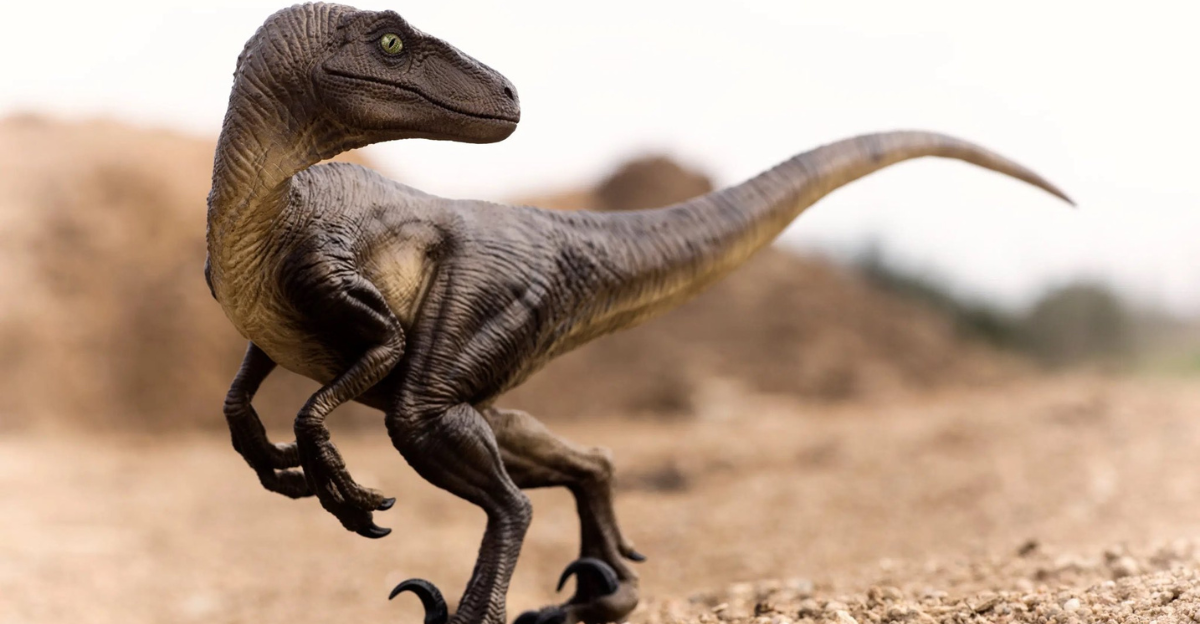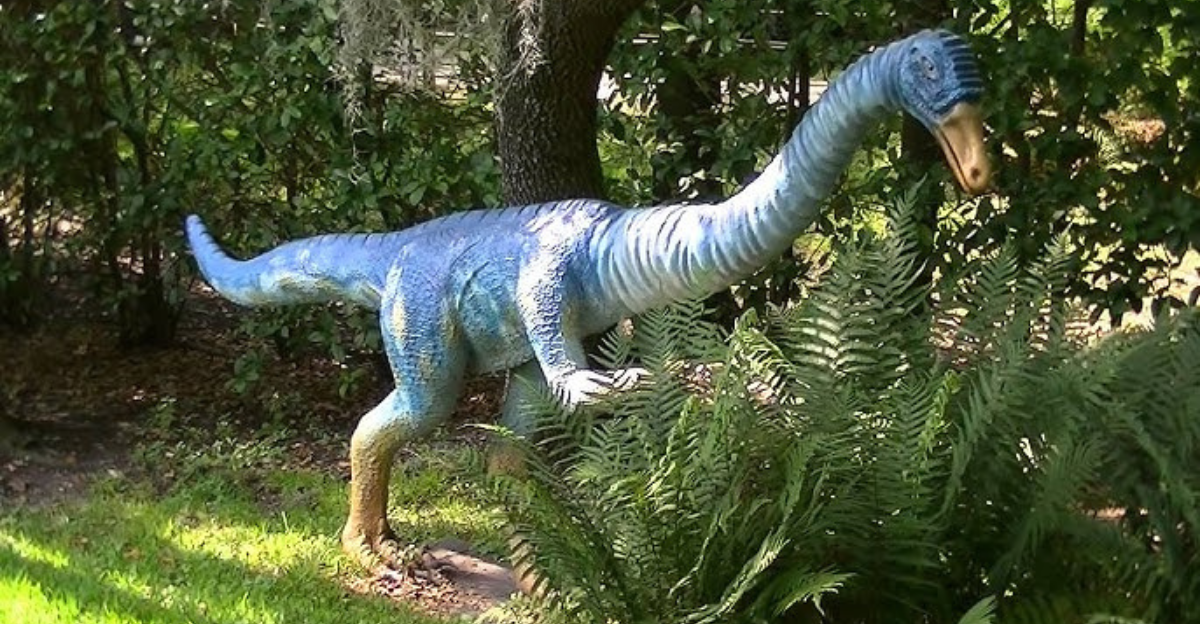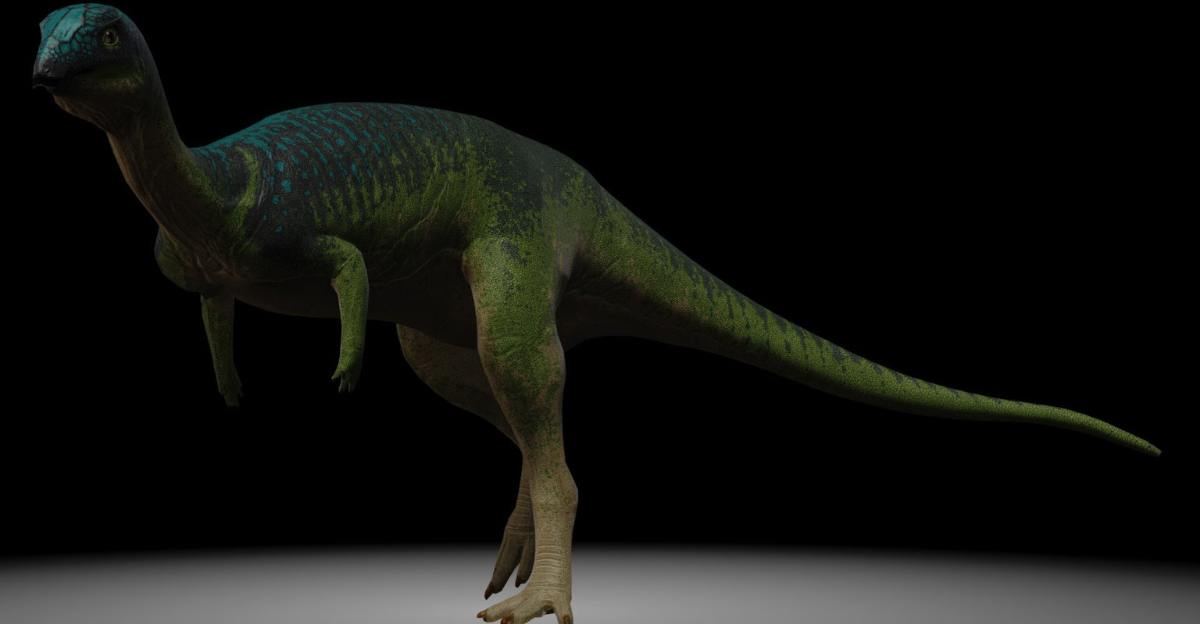
When most of us picture dinosaurs, we likely think of lumbering giants like the Brontosaurus. However, there were so many diverse and different kinds of dinosaurs that roamed the prehistoric landscape which means they came in all sorts of shapes and sizes. With so many different dinosaurs, some beat the stereotype of being slow and clumsy.
Among the large and slow-moving dinosaurs, there were some agile and swift hunters who hunted similarly nimble prey.
Let’s delve into the fastest dinosaurs that ever roamed the Earth and be glad that they aren’t here today since there’s not a chance that we would be able to outrun them with their incredible speed.
Nanotyrannus

Nanotyrannus is a bizarre case where its origins are highly debated. Many experts believe that the Nanotyrannus was a juvenile T-rex, while others see it as its own species and possibly one of the fastest dinosaurs to ever roam the Earth.
Unlike its massive cousin, the T-rex, Nanotryrannus had a much lighter build and longer legs, making it an amazing sprinter to help it catch fast prey.
If it can be confirmed to be its own species, then it would have been a formidable predator, being able to achieve amazing top speeds and contrasting it from the T-rex.
Troodon

The Troodon stands out not only for its incredible speed, estimated to be around 40 miles per hour, but also for its amazing intellect. They are often thought to be the smartest dinosaur species.
They had bird-like agility and large eyes for nocturnal hunting. The Troodon could run faster than most predators and the prey that it hunted. Its unique traits mixing speed and intelligence implies that it could have used clever tactics in hunting, and not just its raw speed.
Some scientists speculate that if Troodon had not gone extinct, it could have evolved greater cognitive abilities.
Ornithomimus

Both Ornithiomimus and its relatives in the Ornithomomosauria group look startingly close to modern-day ostriches. They were built to have high top speeds, long legs, and a lightweight build. Ornithomimus could likely run just as fast as modern ostriches at 43 miles per hour.
These creatures showcased features where dinosaurs and birds mixed, as their anatomy suggests convergent evolution with today’s fastest flightless birds.
Their speed would have been used in other applications than just hunting, and they would have likely used it to get away from potential predators and exploit new ecological niches.
Compsognathus

The Compsognathus was a tiny dinosaur. They were only around the size of a chicken but were formidable little predators. They are among the fastest dinosaurs compared to their size, managing to get to speeds of 40 miles per hour.
It has a very lightweight body, coupled with long legs made it have amazing athleticism and agility as it darted through the undergrowth, hunting anything from insects to small vertebrates.
This small dinosaur highlights that it wasn’t only large dinosaurs that dominated the landscape and were successful predators. Life of all sizes found their niches and thrived until their relevant extinction events.
Deinonychus

Deinonychus is famous for inspiring the “raptors” from Jurassic Park. It was a close relative of the iconic Velociraptor and was a mid-sized predator capable of amazing sprint speeds at around 40 miles per hour.
It has exceptionally strong hind limbs and mean-looking sickle-shaped claws. These features, coupled with a lightweight build, meant it was a highly efficient hunter, able to either outpace prey to catch them or ambush with its agility.
Deinonychus is one of the most agile dinosaurs to ever exist, helping to shift public perceptions that all dinosaurs are sluggish behemoths.
Velociraptor

Deinonychus couldn’t be mentioned without also including the Velociraptor. The real Velociraptor was very different from the ones in Jurassic Park and was actually only the size of a turkey or medium-sized dog.
They had a long tail that helped them maintain their balance and made up much of their total body length which measured around seven feet long. There were agile and intelligent animals that hunted in packs and could even go after prey much bigger than themselves.
Their name means “swift thief,” highlighting their amazing deftness and agility. The Velociraptor was about speed and lithe, rather than pure strength and size.
Dromiceiomimus

Dromiceiomimus has a peculiar name, which means “emu mimic.” However, it was given this name for a good reason. The reptile is a largely unknown dinosaur that was capable of moving extremely fast when it wanted to.
Many scientists estimate that it could run up to 37 miles per hour, which rivals that of modern emus and ostriches. It had unique three-toed feet and slender legs, making it unmatched in open terrain where it had a chance to run in a straight line.
They used their speed for both quick and efficient foraging and for escaping larger, slower predators.
Dryosaurus

While most of the dinosaurs that we think of being quick were predators of some kind, the Dryosaurus changes this stereotype. This animal was a plant-eater that was capable of incredible speeds.
They could move at an estimated 27 miles per hour and relied heavily on their nimbleness to evade predators like Allosaurus. It has a long, stiff tail like the Velociraptor to help it maintain its balance.
Dryosaurus’ physiology was built for moving through floodplains with ease and demonstrates that even plant-eating dinosaurs were capable of adapting their bodies for speed.
Saurornithoides

Saurornithoides was a bird-like troodontid, which is a silent contender for being one of the fastest dinosaurs that ever lived.
It has a lightweight build, long limbs, and a balance that implies that it could reach high top speeds, although estimates are still out on exactly how fast that was.
Saurornithoides had unique evolutionary adaptations that put everything into speed and agility, so it’s safe to estimate it was one of the fastest dinosaurs. As more research is conducted, we may get better estimates on it and many other dinosaurs.
Explore more of our trending stories and hit Follow to keep them coming to your feed!

Don’t miss out on more stories like this! Hit the Follow button at the top of this article to stay updated with the latest news. Share your thoughts in the comments—we’d love to hear from you!







